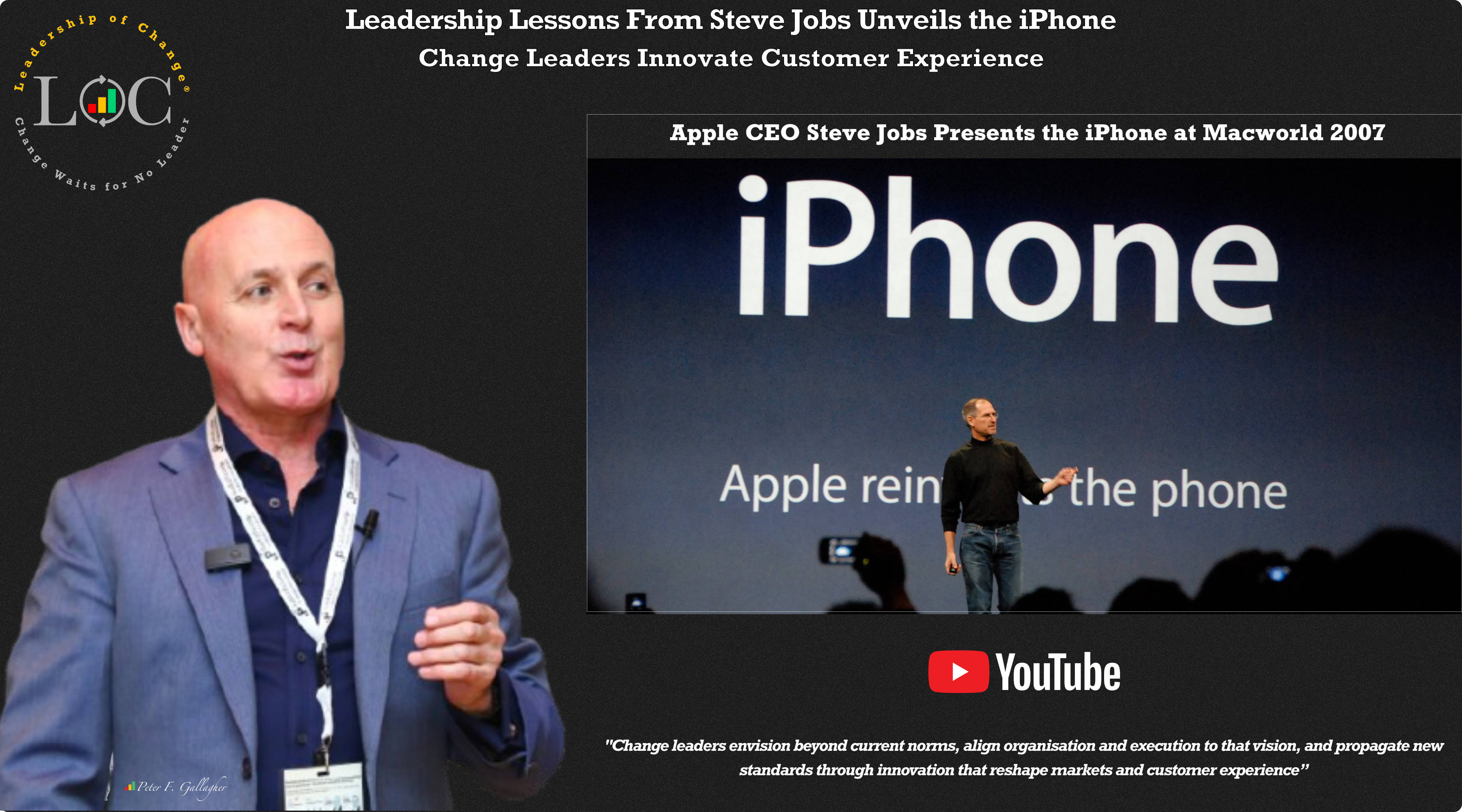Apr18

Introduction
As the business landscape continues to evolve rapidly, medium-sized businesses must adapt to stay competitive. One powerful way to achieve this is through business model innovation. By rethinking and redefining their value propositions, medium-sized businesses can effectively address market changes, capitalize on new opportunities, and stay ahead of the competition. In this blog post, we will explore how business model innovation can help medium-sized businesses stay competitive, focusing on three key areas: identifying new revenue streams, improving customer engagement, and fostering strategic partnerships.
Business model innovation often involves the identification and exploitation of new revenue streams. By reevaluating their core offerings and exploring new market opportunities, medium-sized businesses can diversify their revenue sources, reducing reliance on a single product or service.
For example, a business might consider expanding its product line or entering new markets to cater to different customer segments. Another approach is to adopt a subscription-based model, offering customers a recurring service in exchange for a regular fee. By exploring innovative revenue models, medium-sized businesses can build resilience and ensure long-term financial stability.
In today's customer-centric business environment, providing exceptional experiences is crucial for maintaining competitiveness. Business model innovation can help medium-sized businesses improve customer engagement by rethinking the ways in which they interact with and deliver value to their customers.
One approach is to create a more personalized experience by leveraging customer data to tailor products, services, and communication. Another is to embrace digital transformation, implementing technologies such as mobile apps, e-commerce platforms, and social media to engage with customers on their preferred channels.
Additionally, businesses can explore innovative pricing models, such as pay-per-use or freemium models, that provide customers with greater flexibility and choice. By focusing on customer engagement, medium-sized businesses can build stronger relationships, drive customer loyalty, and differentiate themselves from competitors.
Collaboration is often the key to unlocking new opportunities and driving innovation. By forging strategic partnerships, medium-sized businesses can expand their capabilities, access new markets, and stay competitive in the face of industry disruption.
Partnerships can take various forms, such as joint ventures, co-branding, or licensing agreements. They can also involve collaborating with organizations outside the traditional industry boundaries, including startups, academic institutions, or non-profit organizations.
By engaging in strategic partnerships, medium-sized businesses can leverage the expertise, resources, and networks of their partners, enabling them to innovate faster and more effectively. Additionally, partnerships can help businesses stay agile, allowing them to respond quickly to market changes and capitalize on emerging trends.
Conclusion
Business model innovation is a powerful tool for medium-sized businesses looking to stay competitive in a constantly evolving market landscape. By identifying new revenue streams, improving customer engagement, and fostering strategic partnerships, these businesses can adapt to changing market conditions and drive long-term success.
To fully harness the potential of business model innovation, businesses must be willing to challenge conventional wisdom, experiment with new ideas, and embrace the risks associated with change. By doing so, they will not only ensure their survival but also position themselves for continued growth and success in an increasingly competitive world.
By Andrew Constable MBA, XPP, BSMP
Keywords: Business Strategy, Design Thinking, Innovation
 Building the Foundation for Agentic AI: A Demonstration of NVIDIA’s NeMo Agent Toolkit (NAT)
Building the Foundation for Agentic AI: A Demonstration of NVIDIA’s NeMo Agent Toolkit (NAT) Why Your AI Ethics Policy is Most Probably a Paper Tiger
Why Your AI Ethics Policy is Most Probably a Paper Tiger The Architect of Agency: NVIDIA’s Vera CPU and the Dawn of the AI Super-Factory
The Architect of Agency: NVIDIA’s Vera CPU and the Dawn of the AI Super-Factory Friday’s Change Reflection Quote - Leadership of Change - Change Leaders Innovate Customer Experience
Friday’s Change Reflection Quote - Leadership of Change - Change Leaders Innovate Customer Experience The Corix Partners Friday Reading List - January 9, 2026
The Corix Partners Friday Reading List - January 9, 2026